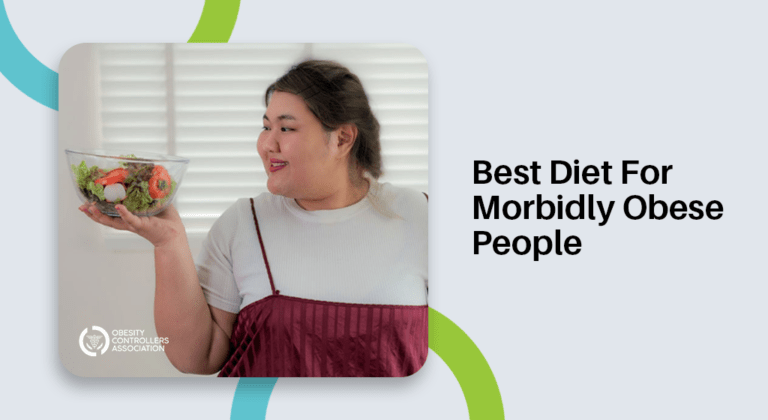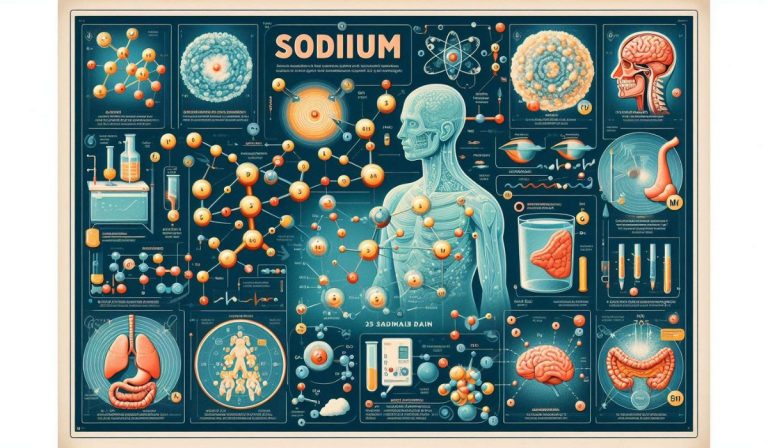Android Obesity, What Is It And Compare With Gynoid Type Obesity: Differentiation

Obesity is one of the prominent health problems and it is known that being overweight or obese can lead to several health issues including cardiovascular disease, diabetes, and even premature death. This occurrence is brought about by a number of factors like lifestyle, lack of physical exercise, and also on choosing the not so healthy food types.
Android Obesity, What Is It And Compare With Gynoid Type Obesity
There are different types of obesity; Android obesity and Gynoid Obesity. What is it? How do these two differ? Continue reading this article to find more about it.

What is Android Obesity?
Android Obesity is considered apple-shaped because obese individuals ’ bodies ’ extra fat gets distributed over the abdominal region of the body. This type of obesity can sometimes be seen in the upper chest, nape of the neck, and shoulders. It is said that this type of obesity is experienced by a woman and they will develop a more masculine feature like the growth of more hairs throughout the body called hirsutism.
But most of the individuals with android obesity are men, especially older men, rather than women. This type of obesity can also be found in other areas of the upper trunk like the upper chest (front or back) nape area of the neck, and even the shoulders, especially by a woman. It can be due to insulin insensitivity, especially with diabetes patients and the other report say that android obesity is also due to genetic factors as well as hormonal fluctuations.
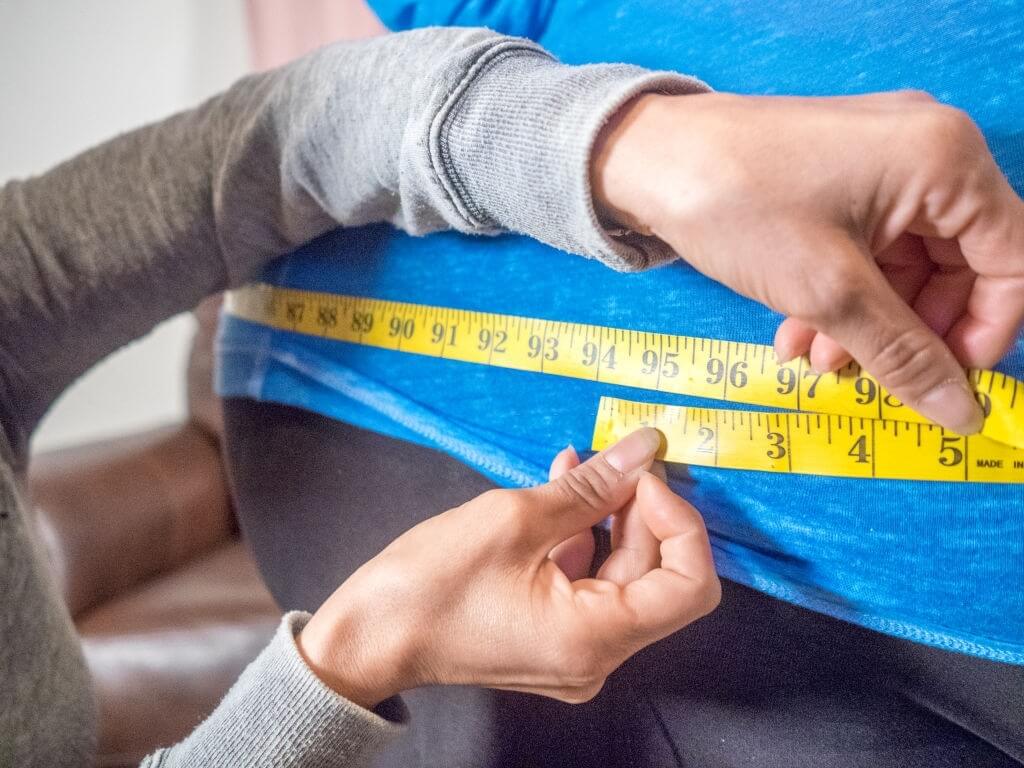
Causes Of Android Obesity
Android Obesity can be caused by several factors, they include;
- Heredity.
- Sedentariness.
- Excessive food consumption.
- A bad lifestyle.
- Genetic problems.
- Hormonal disorders.
- Lower metabolism.
- High blood insulin levels.
- Taking medications that contain corticosteroids.

Risk Factors Associated With Android Obesity
Among the different types of obesity, android obesity is the most dangerous one. This is mainly because that the intra-abdominal fat may envelop various vital organs and make some difficult to function. Some of the common risks of android obesity include:
- Type 2 Diabetes.
- Different cardiovascular diseases such as high blood pressure, myocardial infarction, stroke, etc.
- The progress of certain liver diseases such as hepatitis or steatosis.
- Development of various respiratory conditions that may include sleep apnea.
- Apart from all these health conditions, some individuals may prone to generalized fatigue, shortness of breath, and various joint problems.

Tips To Lose Weight for an Android Body Type
Losing weight for an android body type also poses risks to your health, increasing your chances of getting diabetes, gallbladder problems, high blood pressure, heart disease, and certain cancers. This may help to improve your overall health and appearance, so here are some tips to lose weight for Android-type obesity.
- Do cardio workouts at least three times a week for 30 to 40 minutes at a time.
- Strength-training session twice a week.
- Try to perform arm exercises like dumbbell rows and raises and leg exercises like lunges, squats, and calf raises. Make sure to do three sets of 12 repetitions for each exercise.
- Change your diet to lower your daily caloric intake.
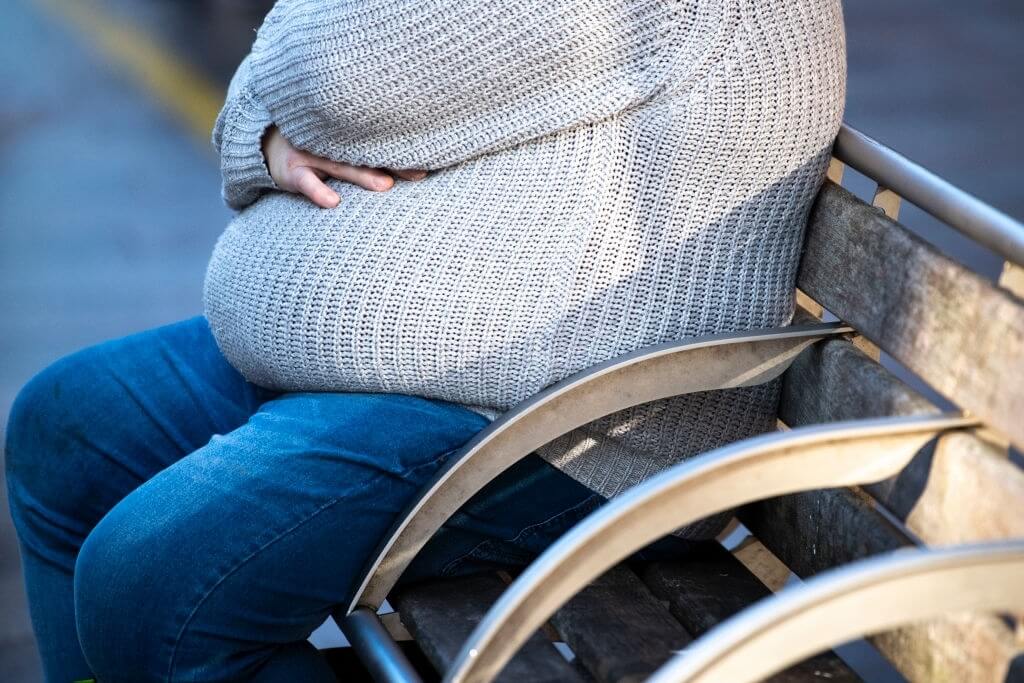
Android Obesity vs Gynoid Obesity
The word Gynoid comes from the Greek gyno, GYN-, and gyne- are combining forms meaning woman. In the Gynoid type of Obesity, the fat is localized in the lower half of the body, seen more often in women, also it has a better prognosis than android obesity has. Basically, the android obesity shows a dominant visceral and upper thoracic distribution of adipose tissue, in the feminine. Whereas, in gynoid obesity, the adipose tissue is found predominantly in the lower part of the body (hips and thighs).
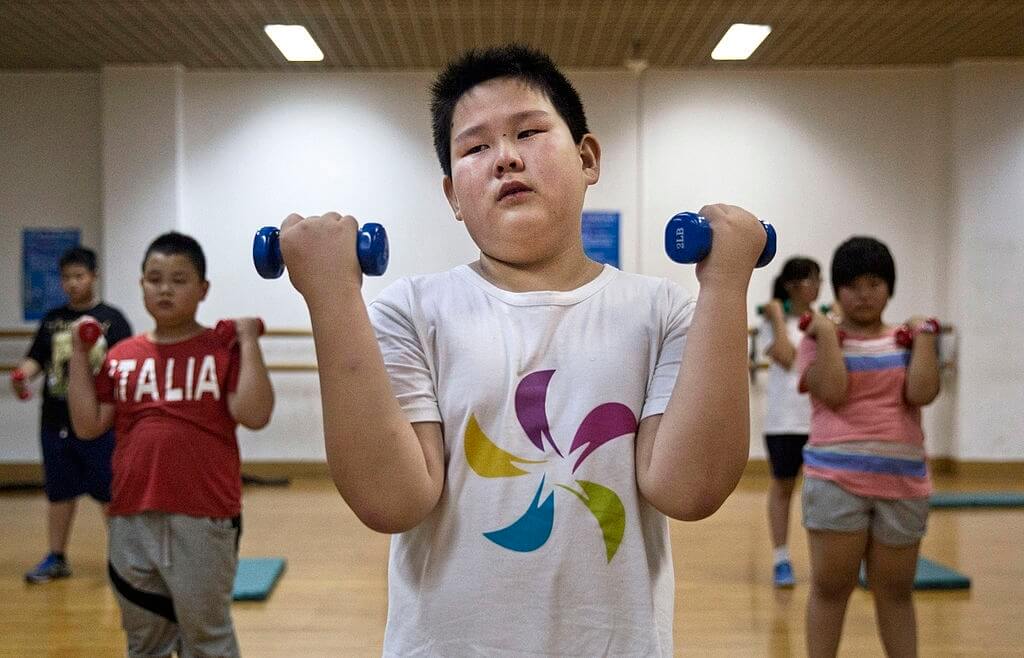
Apart from that Android obesity is clearly a cardiovascular risk factor than gynoid obesity and they are more prone to obesity-related diseases. Mostly, in the gynoid type of obesity, the excess fat is being deposited somewhere at the hip and thigh areas. So the individual’s hips are rounded and their buttocks generally look larger than normal. That’s why those individuals who are gynoid obese are called pear obese that looks strikingly similar to the shape of the pear fruit. The good news for gynoid obesity types of people is that they are less at risk of developing chronic illnesses linked to obesity and overweight.
Why is Android Obesity more Dangerous?
Android Obesity or Abdominal obesity y is probably the most dangerous of all as it is considered at the highest risk for health issues compared to the other body types. It can be a higher risk of heart disease and also a higher risk for Type 2 diabetes. If you are Android Obesity but not overweight? That means your body mass index (BMI) is under 25, this can be a higher risk for cardiovascular disease, cancer, and diabetes than people with smaller waists.
Why Android Obesity causes so many problems:

- It may grow deep within your abdominal cavity and fills the space between organs.
- Belly fat has a stronger influence as it releases fatty acids and substances into the blood through the nearby vein that is connected with the liver.
- It can cause metabolic syndrome that may help to reduce production from the pancreas.
- The blood sugar stays high and you’re at risk for diabetes.
What to Do in Dangerous Condition?
- Follow a healthy diet and intensive exercise to trim your waistline.
- Avoid foods that can spike your blood sugar level and produce more fat.
- Eat more fruits and vegetables, and less fatty protein, such as salmon.
- Exercise at least 30 minutes per day to lose weight.

Final Verdict
The pear-shaped or gynoid fat deposition is actually protective against disease for women. And the android or apple-shaped obesity indicates a lot of fat stored around your organs that is more common in men. The shape of your body is just a way to know where you can improve your overall health. Or it can be an important first step in defining your health goals. So no matter what shape you are in, maintain a healthy weight, eat healthy foods and stay active.
